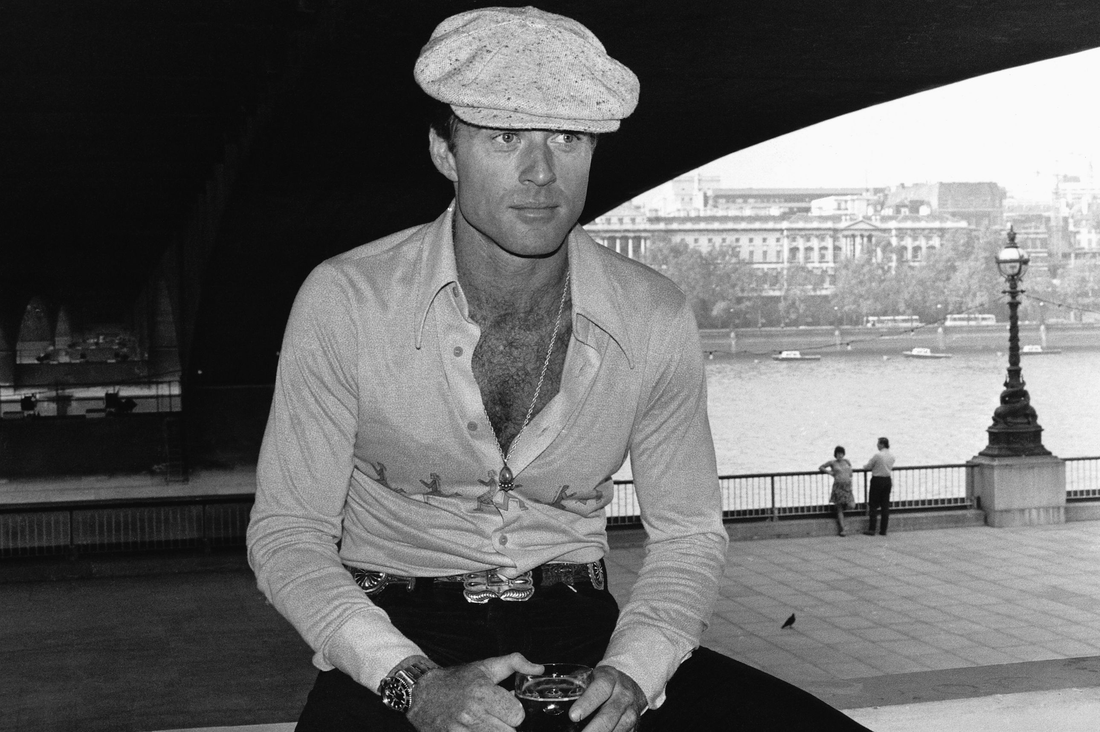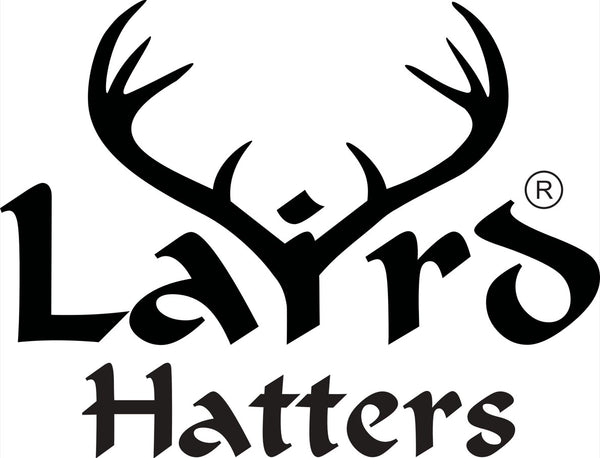
Robert Redford: The Iconic Style of a Hollywood Legend and the Influence of His Caps
Share
Robert Redford is a name synonymous with classic Hollywood, timeless performances, and rugged charm. His impact extends beyond cinema and into the world of fashion. Redford’s style, especially his affinity for caps, has become part of his enduring legacy. From his early years to his mature years, Redford’s iconic look has remained a symbol of his effortless cool. In this blog post, we’ll explore his life, focusing particularly on his style and the influence of his beloved caps.
Early Life: The Roots of a Star
Robert Redford was born on August 18, 1936, in Santa Monica, California, into a middle-class family. Raised in a modest environment, his early years were shaped by a love of sports, art, and the outdoors. His interest in art led him to study at the Pratt Institute in New York, but he soon found himself drawn to acting. This marked the beginning of a career that would span five decades and make Redford one of the most respected figures in Hollywood.
Throughout his youth, Redford was active and adventurous, traits that would influence his on-screen characters and personal style. He was known for his athleticism, and his natural charisma and rugged good looks quickly caught the eye of casting directors. His early roles in the 1960s marked the beginning of a distinctive style: a blend of masculinity and effortless elegance that seemed perfectly suited to the great outdoors. It was in this period that Redford’s preference for hats began to take shape.
The Birth of the ‘All-American’ Leading Man
Redford’s rise to fame came in the late 1960s, with his breakout role in Butch Cassidy and the Sundance Kid (1969). The character of the Sundance Kid cemented Redford as the archetypal all-American hero, a role that perfectly complemented his natural style. His wardrobe in this period was simple, yet striking, featuring denim jeans, rugged boots, and, notably, hats. Baseball caps and flat caps became an essential part of his look, often paired with other outdoor gear, symbolising both his adventurous spirit and his down-to-earth persona.
As Redford’s career flourished in the 1970s, his style continued to evolve. In films such as The Way We Were (1973) and All the President’s Men (1976), his outfits conveyed a quiet, refined masculinity, while still retaining a rugged edge. The addition of caps to his attire was not just a fashion choice but a reflection of his connection to the characters he portrayed. Whether in the rugged landscapes of Jeremiah Johnson (1972) or the political intensity of The Candidate (1972), the cap became more than just an accessory; it became an emblem of Redford’s grounded, authentic presence on screen.
Redford’s Influence on Hollywood Style
The 1970s and 1980s saw Redford’s star rise even higher. His roles in The Natural (1984) and Out of Africa (1985) solidified his reputation as one of Hollywood’s most enduring leading men. During this period, Redford’s style remained grounded in his early choices: simplicity, masculinity, and practicality. Yet, the way he wore his hats reflected a subtle evolution in his public image.
While stars like Cary Grant and Gregory Peck were often associated with sharp suits and dapper, polished looks, Redford embodied a new form of Hollywood elegance. His style was less about outward refinement and more about embracing an air of effortless cool. This was reflected in his preference for practical, everyday items such as caps. The baseball cap or flat cap became a statement of simplicity, subtly conveying the actor’s connection to the roles he portrayed. It was a fashion choice that worked seamlessly with his characters—characters that were strong, yet approachable, and always grounded.
In The Sting (1973) and The Horse Whisperer (1998), Redford’s characters were often men of action, men who were comfortable in the natural world. His use of hats, particularly baseball caps, reinforced these traits, providing a touch of familiarity and relatability. Redford’s style was never ostentatious; rather, it was understated and practical, speaking to his personal ethos of humility and authenticity.
Maturing Style: The Caps of an Icon
As Redford grew older, his style continued to evolve. By the 1990s and 2000s, his public appearances reflected a more refined sense of fashion. He adopted a more tailored look, favouring well-fitted blazers and crisp shirts, but still maintained his affinity for caps. Whether attending the Sundance Film Festival—an event he founded—or speaking at environmental rallies, Redford was often seen wearing one of his signature hats.
The caps Redford wore in his later years had a different kind of elegance. They were a sign of maturity, an accessory that complemented his seasoned perspective on life and his career. Where once caps may have represented youthful adventure or working-class heroes, they now symbolised an accomplished man at ease with both his public and private persona. The addition of a cap to a suit or blazer became a signature style for Redford, blending the casual with the refined, and demonstrating his unique approach to fashion.
The Cultural Impact of Redford’s Caps
Robert Redford’s hats are not just pieces of clothing; they represent something deeper. They are a symbol of authenticity and independence. At a time when many Hollywood stars were known for extravagant fashion statements, Redford’s preference for a simple cap stood out as a mark of modesty and individuality. The cap became a visual shorthand for his quiet confidence, a way to keep his style grounded and relatable.
Redford’s hats were also symbolic of his connection to the characters he portrayed. Whether playing a grizzled cowboy in Jeremiah Johnson or a political journalist in All the President’s Men, Redford’s use of a cap helped to anchor his performances in realism. It grounded him in the world of his characters, making them more relatable to the audience. In many ways, his hats were as much a part of his character development as the dialogue or the setting.

Legacy: A Timeless Influence
Today, Robert Redford’s legacy endures not just as an actor and filmmaker, but as a style icon. His hats, once a casual accessory, have become a symbol of the timeless, rugged yet sophisticated masculinity that Redford embodied. Even as his public appearances become less frequent, his influence on fashion, especially in the realm of relaxed, practical style, remains strong.
What makes Redford’s style so enduring is its simplicity. His hats were never about making a grand fashion statement; they were about wearing what felt true to him. They became a part of his identity, on and off screen, and served as a reminder that great style isn’t always about extravagance—sometimes, it’s about wearing something that feels authentic and comfortable.
Robert Redford’s caps remain a testament to his understated elegance, symbolising not just a fashion choice, but a way of life: grounded, real, and undeniably influential.




